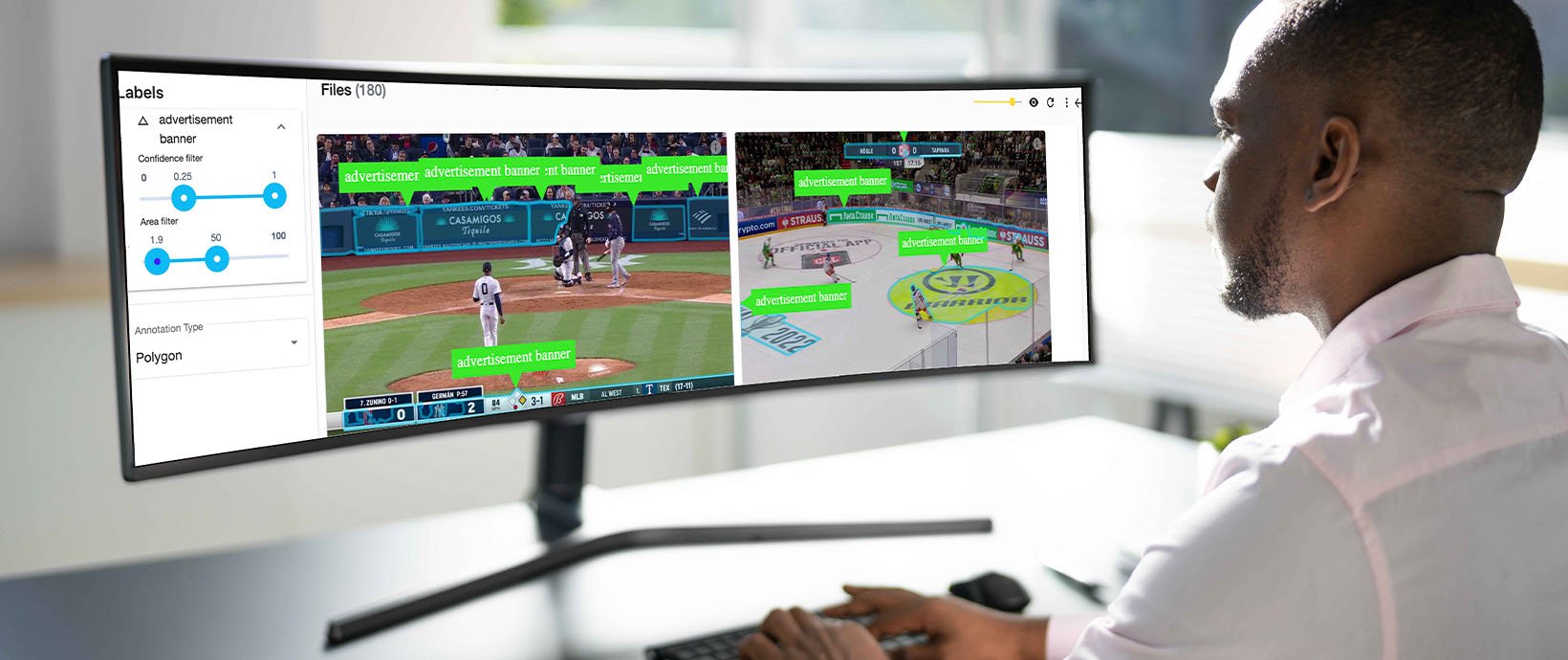8 Signs That You Need Financial Reporting Help
Do your month-end and quarter-end closing activities feel like they take a year to complete? Do you wish your annual reports were like the Olympics and only came around every four years? Do you find yourself suddenly in need of a “sick day” when forecasting time rolls around?
If any of these questions resonate with a painful sting, it might be time to do something to optimize and streamline your financial reporting processes. The biggest pain point from routine reporting is usually the sheer time and resources it consumes – usually due to the volume of data itself, poor data quality and multiple, disparate data sources that may not align. Whether it’s reconciliation or quality assurance activities, many could use a helping hand when it comes to ongoing data preparation.
How do you know if you have room for improvement? See how many of the following symptoms you suffer from.
The cost of a data prep solution is less than the combined salaries of the additional headcount you would need to help carry the load. Recently, Blue Hill Research suggested an annual cost assigned to just data prep activities to be approximately $220,000 for 10 analysts. That figure does not include the cost of actual analysis. Instead of having to go outside of your budget, consider empowering your current team to use existing data to make informed decisions. In an interview conducted last year with our nation’s First Data Scientist, DJ Patil, one of the biggest challenges facing the data industry is the lack of individuals who actually use data. Patil states, “Empowering people with data in their daily lives gets people to be in better control of their destiny.” Data preparation software tools help empower regular business users within your workforce, thereby cutting down on new salary expenditures and giving more power to the people.
***
Check out how Marbridge Corporation saved thousands of man-hours and dollars by using self-service data prep in this infographic.
If any of these questions resonate with a painful sting, it might be time to do something to optimize and streamline your financial reporting processes. The biggest pain point from routine reporting is usually the sheer time and resources it consumes – usually due to the volume of data itself, poor data quality and multiple, disparate data sources that may not align. Whether it’s reconciliation or quality assurance activities, many could use a helping hand when it comes to ongoing data preparation.
How do you know if you have room for improvement? See how many of the following symptoms you suffer from.
- You spend more time gathering data than you do analyzing it. It is not uncommon for companies to have multiple Accounting and HR systems, especially if your company has gone through a merger. Most reports generated by these systems aren’t easily accessible, meaning you need to know how to write extraction code, wait for IT to write extraction code, or re-type all of the important information into a spreadsheet so you can actually do something with it.
- You’re working overtime to ensure accurate, on-time ‘closing of the books.’ Closing the Books includes posting all transactions to the General Ledger to ensure accurate balance sheet/trial balance, income statement and various other financial statements. Late closings equate to inaccurate books. For public companies, this could lead to penalties or fines and even negative impacts to stock prices and company reputation. Furthermore, slow closes delay forecasting for the next month, quarter and/or year, which exec teams will not tolerate. As a result, you end up eating breakfast, lunch and even dinner at your desk to compensate for all the work that must be done.
- You’re not forecasting as frequently as you’d like. How often are you forecasting and re-forecasting? Why aren’t you doing it more often? Accounting Departments can’t forecast until the books are closed. If the book-closing process is too arduous and slow, you can’t quickly respond to requests for information/analytics about projected numbers for the future.
- By the time you’ve gathered data from all of your sources, it could be outdated. Imagine if the National Weather Service relied on outdated data to make future predictions? If they wouldn’t, why should your business? All too often, by the time you connect data from major databases and extract data from your other sources and blend the information together, you’re left wondering if your data is already out-of-date. There’s no way to ensure decisions will be based on accurate and timely data.
- You find yourself frequently manually re-keying data, resulting in a high frequency of errors. Let’s get one thing straight. No one should ever be re-keying data. Not only could you be entering incorrect information, but that data may be used to make erroneous business decisions which could negatively impact your organization’s bottom line. Tools exist to completely eliminate manual re-keying of data from a wide variety of sources. We’ll get into that more later.
- Your IT/report-writing staff hide when they see you coming. If you feel like your IT colleagues are avoiding your calls – or even your glances – they may be. Too often, the onus of data gathering and prepping falls into the hands of high-tech staff. You need agility to access data without the need for IT intervention.
- You cross your fingers and pray during audits, hoping for a low human error turnout. Crossing your fingers and hoping for the best shouldn’t be your go-to strategy when finalizing and sending out reports that rely on accurate data. You must have confidence in your data, how it is being used and how it is being distributed. 88% of all spreadsheets contain errors and spreadsheets are usually the go-to resource for performing reconciliations, usually through some form of convoluted vLookup operation. Report reconciliation is one of the most important parts of your job, and you can’t afford inaccuracies. (NOTE: If you find spreadsheets to be the bane of your existence, check out our Excel resource page.)
- You go crazy doing the same work over and over again each month. All too often, analysts find themselves manually doing the same work, following the same processes and creating the same reports over and over again with each new month-end or quarter-close. Stop re-writing formulas and macros each time you need to manipulate reports. There’s a better way.
If you suffer from any of these problems, it may be time to consider an enterprise data prep solution.
Data prep solutions streamline access to data (#1 & #6). They dramatically reduce the time it takes to reconcile reports (#2 & #3). They can be used to automatically connect databases with unstructured data sources to ensure your reports are up-to-date, in real-time, with no unnecessary work (#4). They eliminate manual re-keying of data (#5). They will reduce reliance on error-prone spreadsheets and complex spreadsheet operations (#7). Finally, they can be used to automate every step of your reporting process by capturing the steps in reusable and human-readable work-space that can be executed automatically going forward (#8).The cost of a data prep solution is less than the combined salaries of the additional headcount you would need to help carry the load. Recently, Blue Hill Research suggested an annual cost assigned to just data prep activities to be approximately $220,000 for 10 analysts. That figure does not include the cost of actual analysis. Instead of having to go outside of your budget, consider empowering your current team to use existing data to make informed decisions. In an interview conducted last year with our nation’s First Data Scientist, DJ Patil, one of the biggest challenges facing the data industry is the lack of individuals who actually use data. Patil states, “Empowering people with data in their daily lives gets people to be in better control of their destiny.” Data preparation software tools help empower regular business users within your workforce, thereby cutting down on new salary expenditures and giving more power to the people.
***
Check out how Marbridge Corporation saved thousands of man-hours and dollars by using self-service data prep in this infographic.




